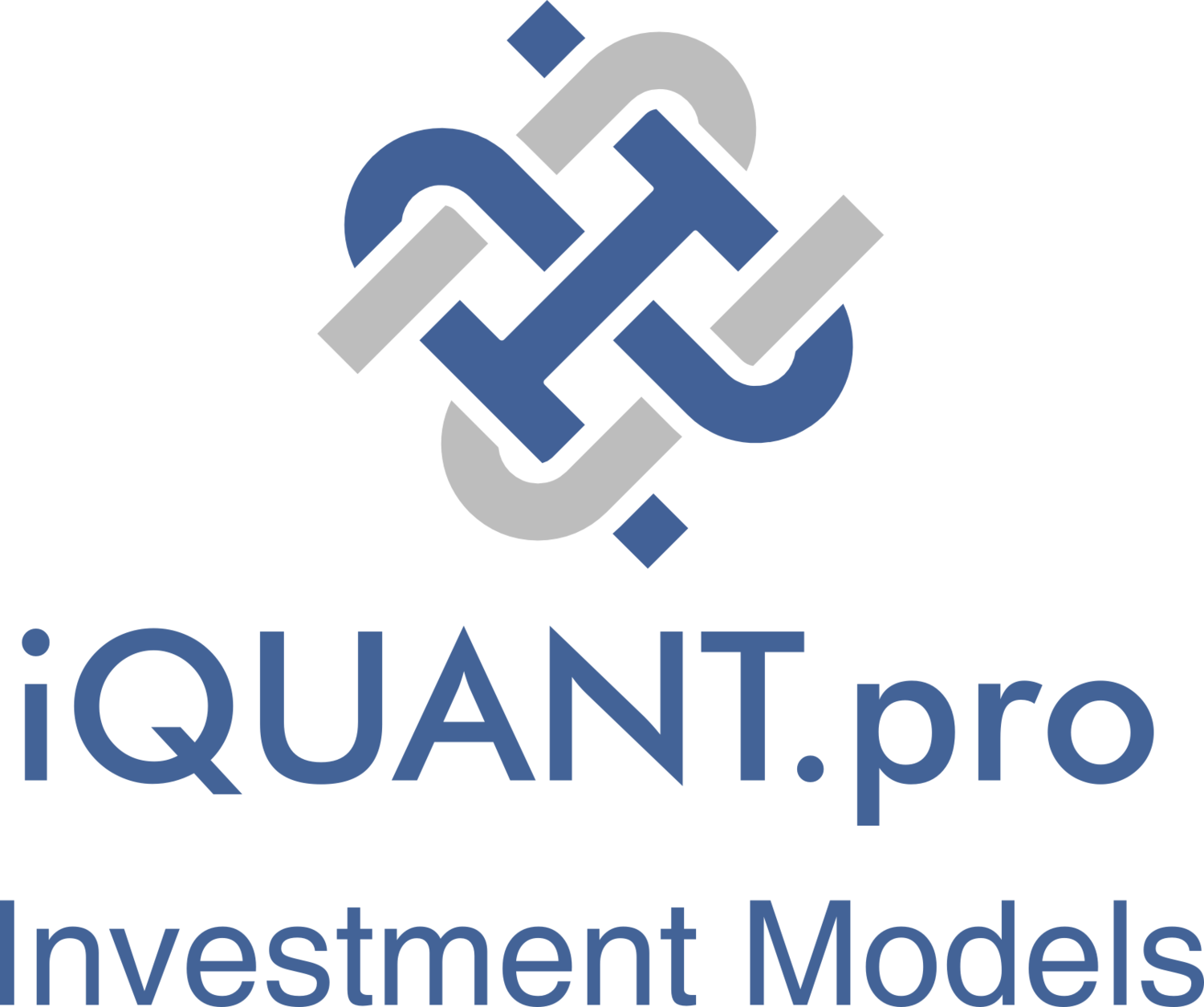Every so often, it’s worth stepping back and revisiting a key part of your investment practice that’s easy to overlook: benchmarking. Used well, a benchmark helps you tell a meaningful performance story. Used poorly, it creates confusion—for you and your clients.
We talk about this every six months or so—not just for new members, but to remind our long-time members too. It’s an important topic, and sadly, our industry doesn’t spend enough time focusing on what really matters.
What a Benchmark Is—and What It Shouldn’t Be
A benchmark is meant to reflect what your portfolio is actually trying to do. So when advisors compare an all-cap, equal-weight model to a large-cap, cap-weighted index like the S&P 500, the comparison falls apart.
Here’s why: the S&P 500 is dominated by mega-cap tech stocks, often making up 25% or more of the index. Meanwhile, an all-cap equal-weight model might hold exposure to small- and mid-caps across diverse sectors. The performance—and risk profile—are different. And so is the investor experience.
Correlation Tells the Real Story
As a reminder, correlation measures how closely two investments move together. A correlation of +1 means they move in sync. Zero means they move independently. And anything under 0.75 is considered a moderate to weak relationship—especially when it comes to tracking market movements.
That’s why every iQUANT Fact-Card includes monthly up-market and down-market correlations. It’s not just data for data’s sake—it’s there to help advisors understand how a model behaves in real-world conditions. More importantly, it helps avoid miscommunication with clients.
Because if your strategy only has a 0.60 correlation to the S&P 500 during upturns, and your client expects S&P-like behavior, you're going to have some explaining to do when the S&P 500 rises sharply - and your portfolio doesn't follow in lockstep.
Example: Equal-Weight Model vs. Cap-Weighted Index
Let’s say you’re running a diversified, equal-weight strategy across all capitalizations. During a period when large-cap tech leads the market, you might underperform the S&P 500. But when large caps falter and small/mid-caps shine, your strategy could pull ahead.
The client might be confused—unless they understand that your model isn’t designed to mimic the S&P 500. That’s where clear benchmarking and correlation data come in.
The Big Picture: Portfolios Matter More Than Pieces
If you're building full portfolios with multiple models, remember that the sum of the parts is what truly matters. A lower-correlated model might not shine on its own, but within a portfolio, it could reduce overall volatility and improve long-term outcomes.
That's exactly why pre-built portfolios like iQUANT’s Sector Extremes are so popular —they’re designed to deliver diversified exposure with careful attention to how models interact with each other while still providing the directional trends of the S&P 500 Index.
Going All-In on One Model? Be Extra Careful
On the other hand, if you’re using a single model for a client, your due diligence becomes even more critical. You need to understand—and communicate—how that model correlates with common benchmarks. If the client expects something S&P-like, and the model doesn't behave that way, you're setting up a mismatch in expectations. With the data provided on iQUANT fact-cards, there is no excuse for this.
In those cases, reviewing correlation data isn’t optional—it’s essential.
Final Thoughts
Choose benchmarks thoughtfully. If your strategy doesn’t align with the S&P 500’s makeup or movement, don’t use it as your yardstick.
Review up/down market correlations. iQUANT FactCards include this for a reason—it’s about transparency and clarity.
Focus on portfolios. Don’t get too caught up in the standalone stats if you’re building multi-model allocations.
One model? Pay extra attention. And consider a diversified solution like Sector Extremes if broad-market behavior is the goal.
It all sounds simple enough. But the truth is, failing to understand the behavior of whatever you use—whether it’s an iQUANT model, a mutual fund, ETF, UIT, or closed-end fund—can damage client trust quickly. A client who feels blindsided by performance they didn’t expect is a client who starts questioning your process…and this is so avoidable.
Yes, it takes a little extra effort to dig into the details. But it’s effort worth spending—because the trust you build by properly educating yourself and your client lasts far longer than any quarterly return.
